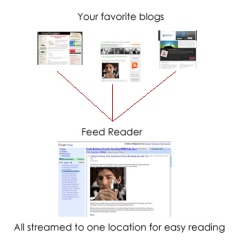Interview Tool Reflection – 521
September 17, 2013 Leave a comment
Let me begin by stating I am not teaching this term. I have not been employed in a school since August 2008. That stated we worked on active listening and Interview Tools this week. (Please see attached documents.) Both topics attract my attention as a teacher, administrator and soon-to-be Technology Integration Specialist.
I have called the parents, or at-home adults, of my students every year I have taught, save the first one. I do not have an issue with getting my parents/adults to open up. I call with something positive I have noticed and share that with the parents as my opener. It is specific to their child and not a finger-wag. That helps in so many ways, as students come in the next day beaming with pride. I would imagine the same would hold true in distance-learning as I love to hear good feedback for work done.
I reacquainted myself with lessons regarding active listening. The Building an Avatar lesson (see below) was a good reminder of skills needed to communicate. I feel better equipped to promote good vibes via documents to help my personality come through and extract theirs reducing transactional distance. I learned from my peers some interesting questions I might use with younger students and their families. Some of peers constructed parts of their interview document with structure I would emulate. I particularly enjoyed one peer who incorporated space for interviewer notes on the form. I thought about but did not do it, violating my own mantra – “Don’t talk about it, be about it!”
I find this activity to be crucial to establish positive tone in an online class. Much like our own class meeting Dr. Rice facilitated last week, such interaction exemplifies good teaching. Considering the challenges facing online educators, any outreach that helps close distance between teacher and student and their learning coach or parent seems like a win to me.
Building an Avatar:
